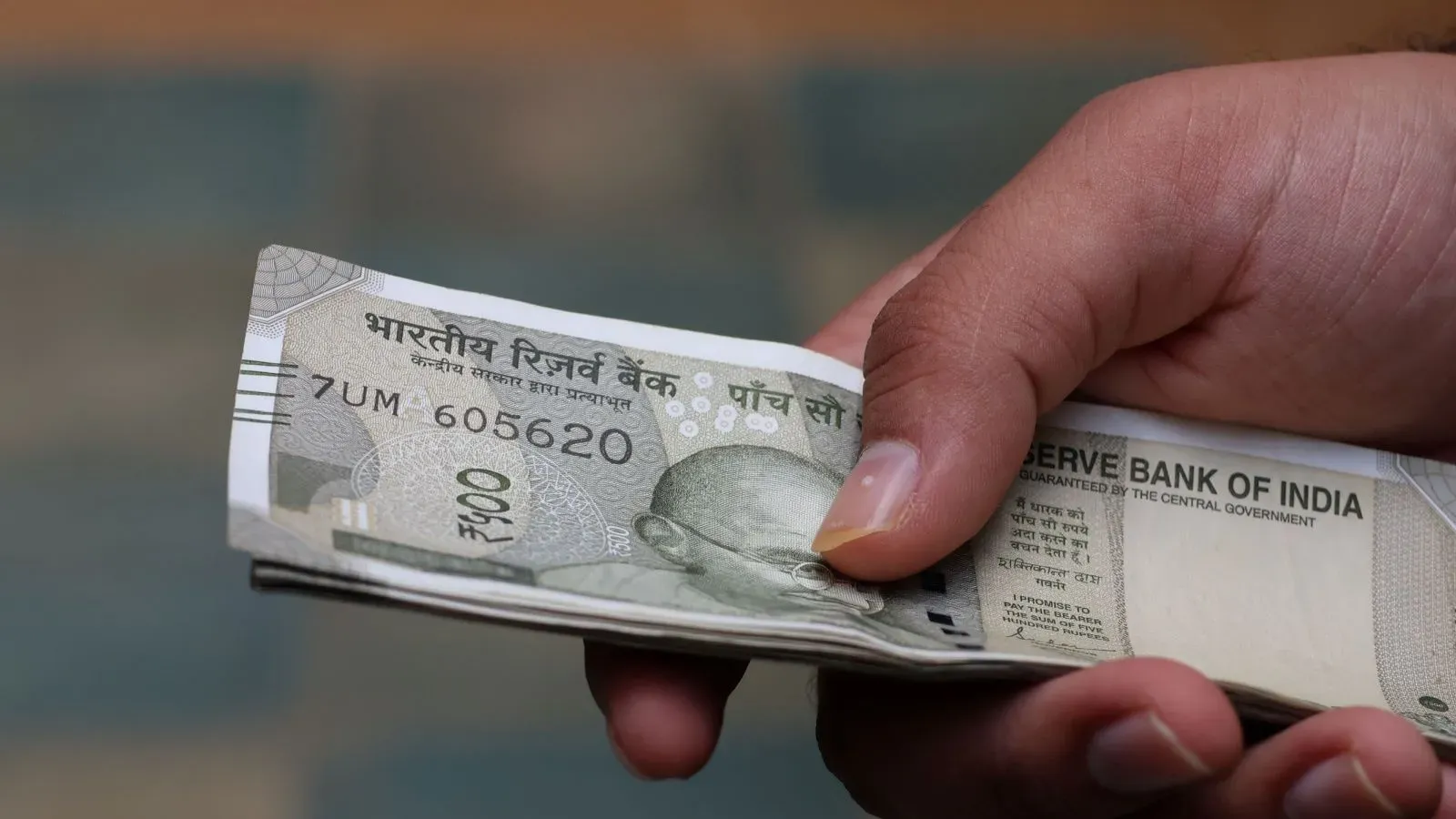Personal Finance News
How to withdraw funds from dormant or inactive bank accounts?
.png)
3 min read | Updated on June 19, 2025, 18:58 IST
SUMMARY
Even after a bank account becomes dormant or inoperative, the funds continue to gain interest. However, interest credited or any charges deducted by the bank are not considered as transactions for determining the inactivity time period of a user.

If your account remains inactive for over 10 years, your funds will be transferred to RBI's DEAF.
Bank accounts turn inactive, or dormant, more commonly than people realise. From relocation to forgetfulness to switching banks, many things lead to inactivity by accountholders. If you don’t make any transactions for a specific period, generally 12 months, your account will be classified as inactive by the bank. Further, if you remain inactive for a longer period, typically more than 24 months, the account becomes dormant or inoperative.
The transactions for activity have to be customer-initiated (debit or credit). This means that interest credited by the bank on your savings account or any charges deducted from your account will not be considered transactions to determine inactivity.
While banks don’t close inactive or dormant accounts, many services like debit card use, net banking, and ATM withdrawals become restricted for security and maintenance purposes.
Banks notify their customers when their accounts are about to become dormant and provide instructions for how to reactivate the account.
You can still access the funds in your account after it has become dormant, but it requires a few additional steps. Let’s take a look at how you can do it.
Contact the bank
To reactivate your account, you need to visit the nearest branch of the bank. While some banks allow you to reactivate your account online, most of them require you to visit in person for verification and security reasons.
When you go to the bank, take your valid ID with you, along with your bank passbook/account number. If you have changed your address, bring your address proof with you as well.
Submit reactivation request
For reactivation, you will need to submit a written request to the bank. Your bank might ask you for an updated KYC and verification to confirm you’re the rightful account holder. Some banks may allow you to do a video KYC or call verification.
Withdrawing funds
Once your account is reactivated successfully, you can withdraw funds like you usually do, including a cash withdrawal from the bank or a fund transfer via NEFT or UPI.
After accessing your funds and successfully withdrawing or transferring them to your primary account, you can choose to close your bank account if you don’t wish to use it anymore.
As per RBI guidelines, banks can’t charge penalties for reactivating dormant or inactive accounts. Further, you will continue to receive interest on funds even if your account is dormant or inactive.
If your account remains inactive for over 10 years, your funds will be transferred to the Reserve Bank of India’s Depositor Education Awareness Funds (DEAF). However, you can still claim them through further steps by reaching out to your bank with proper documentation.
You can prevent your account from becoming inoperative by ensuring that you make transactions every few months. You can also link your bank account to a mobile wallet or UPI app to ensure regular transactions.
Withdrawing funds from dormant or inactive bank accounts is a fairly simple process, but it requires verification and KYC compliance as banks need to make sure you’re the right owner. The process might seem a little elaborate, but it is in place to protect your funds and prevent any misuse or unauthorised action.
By signing up you agree to Upstox’s Terms & Conditions
About The Author
Next Story

